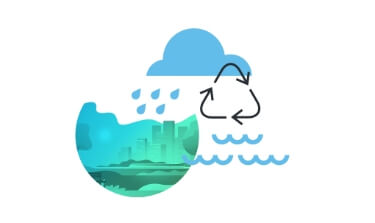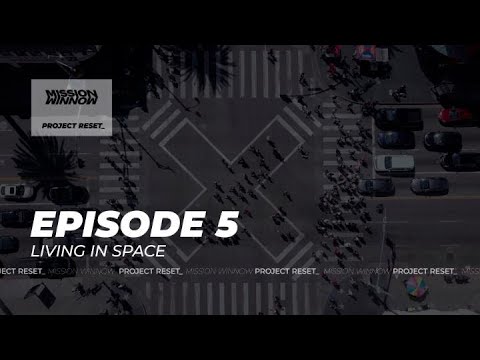We know from experts that a lot of these manmade hard surfaces are built over natural “soft” surfaces such as fields, woodland, scrubland and wetlands. As well as eliminating wildlife habitats and impacting biodiversity, this replacement of soft with hard has two major environmental effects. Hard surfaces typically heat up more in the sun than natural surfaces, especially in cities—hence the Urban Heat Island effect. Secondly, hard surfaces don’t absorb water when it rains. This leads to rapid runoff of water that’s laden with pollutants and causes flooding.
Architects searching for solutions to these “hard surface” problems are increasingly experimenting with “green roofs”. These feature a layer of living vegetation planted into a growing medium over a waterproofing system that is installed on top of a flat or slightly–sloped roof. It’s an approach to roofing that’s proved its worth historically in the remote and windy Faroe Islands and is being adapted to benefit many other environments. These natural roof coverings, now laid over multiple layers of smart materials, offer an extraordinary range of benefits.
They provide thermal insulation, making a building cooler in the summer and warmer in the winter. That means less energy usage to maintain a comfortable temperature in the building. In the sun, green roofs heat up less than hard roofs, thereby reducing the Urban Heat Island effect. They also provide sound insulation, helping to dampen noise pollution both inside the building and outside.
They absorb a lot of moisture, which slows and reduces run-off into the drainage system. Depending on the type of installation, they can retain between 40% and 90% of the water that falls on them. And they offer some of the environmental services that natural habitats provide – absorbing CO2 and other pollutants, and fostering biodiversity by creating microenvironments that can sustain plants and animals.
Understanding the limits of Green Roofs
Compared with conventional roofing, green roofs are not an easy option in the short term. They weigh more, so new buildings have to be built stronger and older buildings have to be reinforced to take the additional weight. They need smart material layers to prevent plant roots penetrating and causing leaks. But architects suggest they work, and they provide many more practical and environmental benefits than conventional hard roofs. And they seem to open up new ways of thinking about how human needs can be met whilst still working in harmony with the needs of the natural world.



